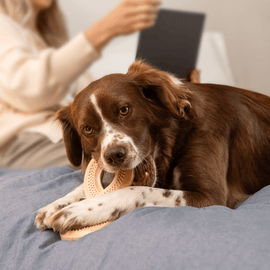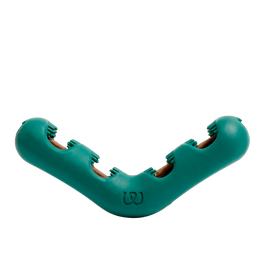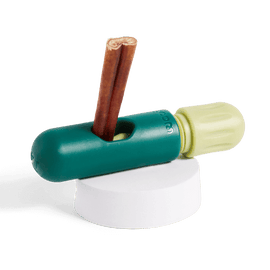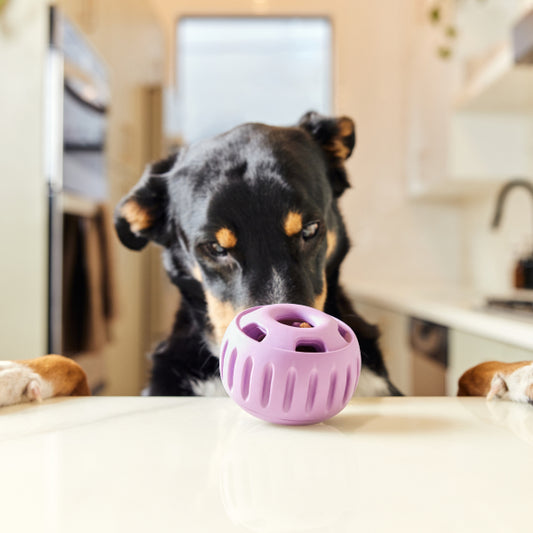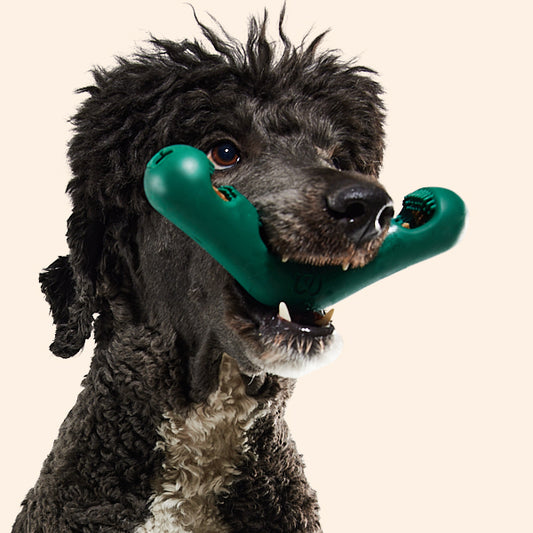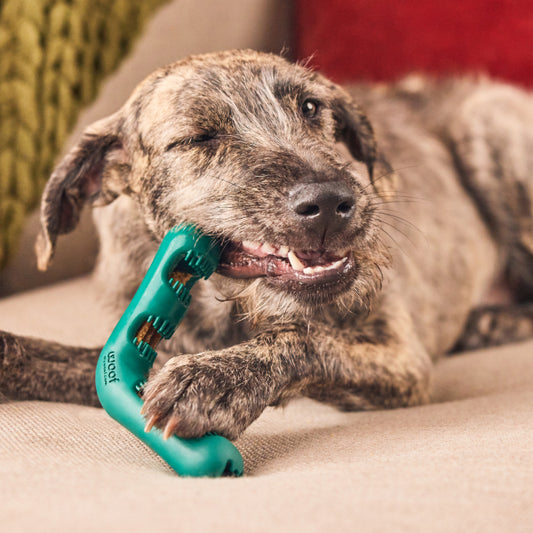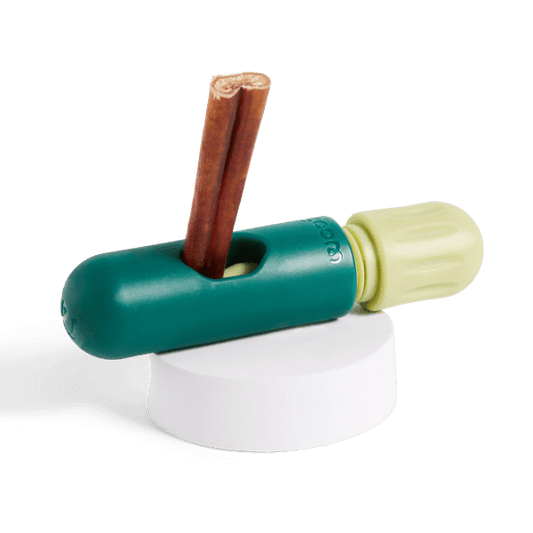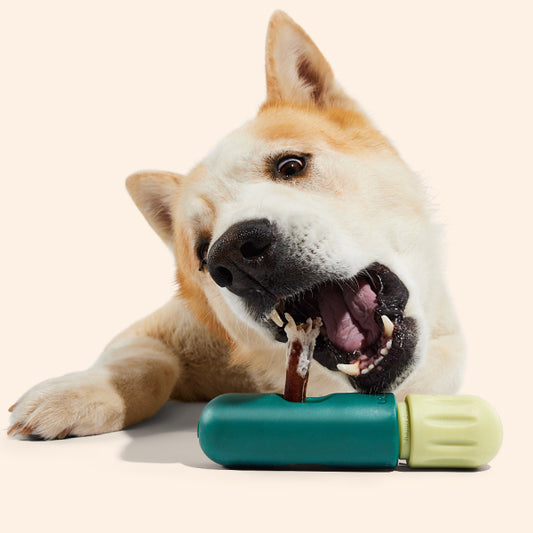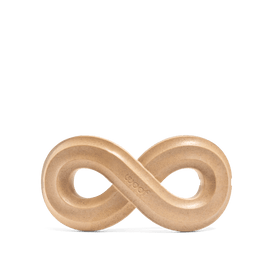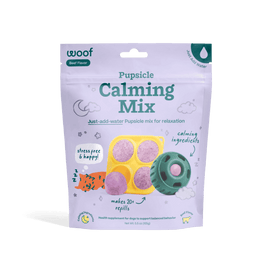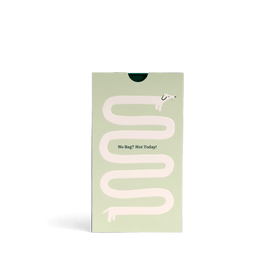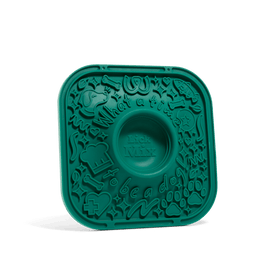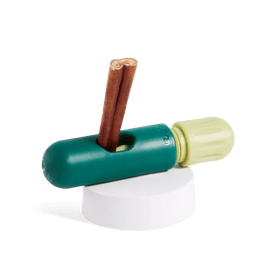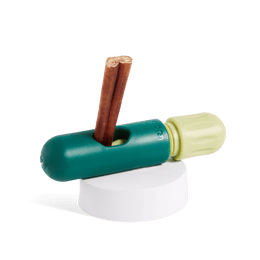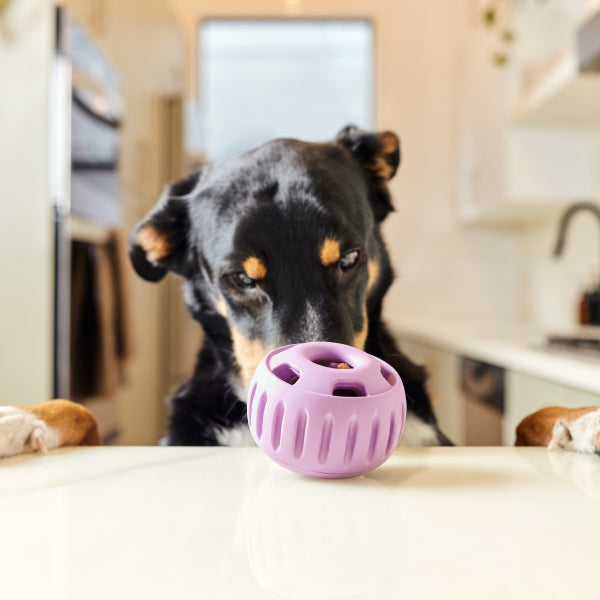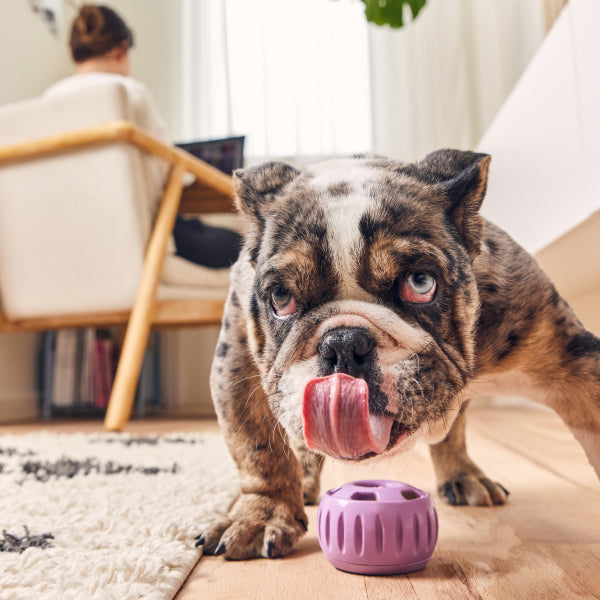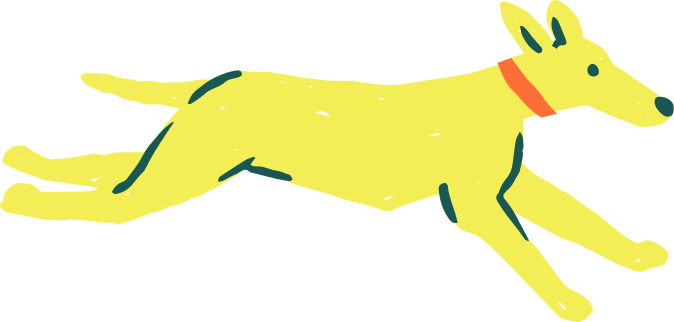
Have you ever noticed your dog's tail isn't wagging as much, or they seem a bit more withdrawn than usual? Just like us, dogs can have their off days, and it's essential to recognize when they're feeling down. Understanding the signs of an unhappy dog can help you provide the care and attention they need to feel better.
Dogs communicate primarily through body language, and subtle changes can indicate their emotional state. Here are some common signs that your dog might be feeling unhappy:
1. Changes in Appetite
If your dog suddenly loses interest in food or treats, it could be a sign of stress, illness, or emotional distress. A decrease in appetite is often one of the first indicators that something isn't quite right.
2. Withdrawal or Hiding
Dogs that are feeling down may seek solitude. If your usually social dog starts hiding or avoiding interaction, it's a clear sign they're not feeling their best.
3. Excessive Licking or Chewing
While occasional licking or chewing is normal, excessive behavior can indicate anxiety or boredom. If your dog is constantly licking their paws or chewing on furniture, they might be trying to self-soothe.
4. Changes in Body Language
Pay attention to your dog's posture and movements. Tucked tails, flattened ears, and avoiding eye contact can all be signs of discomfort or unhappiness.
5. Increased Vocalization
Unusual whining, barking, or howling can be a dog's way of expressing distress. If your dog starts vocalizing more than usual, it's worth investigating the cause.
6. Loss of Interest in Play
Dogs love to play, and a sudden disinterest in toys or activities they once enjoyed can be a sign of unhappiness or even physical discomfort.
7. Disruptions in Sleep Patterns
Changes in your dog's sleeping habits, such as sleeping more than usual or being restless at night, can indicate stress or health issues.
8. Aggressive Behavior
Uncharacteristic aggression can be a response to fear, pain, or stress. If your dog starts growling, snapping, or acting out, it's essential to assess the situation and seek guidance if needed.
9. Excessive Shedding or Grooming
While shedding is normal, a sudden increase or obsessive grooming can be signs of anxiety or skin issues.
10. Physical Symptoms
Signs like vomiting, diarrhea, or changes in urination can be linked to stress or illness. Always consult with a veterinarian if you notice these symptoms.
Recognizing these signs is the first step in helping your dog feel better. Once you've identified that your dog might be unhappy, consider the following steps to improve their well-being:
Provide a Consistent Routine
Dogs thrive on routine. Regular feeding times, walks, and play sessions can provide a sense of security and help alleviate stress.
Offer Mental and Physical Stimulation
Engage your dog's mind and body with interactive toys, puzzle feeders, and new activities. This can help combat boredom and anxiety.
Ensure a Comfortable Environment
Make sure your dog has a quiet, comfortable space to relax. A cozy bed and a calm environment can work wonders.
Consult with a Veterinarian
If your dog's unhappiness persists, it's crucial to consult with a veterinarian. They can rule out medical issues and provide professional guidance.
At Woof, we understand how much your dog's happiness means to you. That's why we offer a range of products designed to improve your dog's well-being. Consider exploring our Wellness Collection for items that can help boost your dog's mood and health.
Remember, your dog relies on you to understand their needs. By paying attention to their behavior and providing the right care, you can ensure they lead a happy and healthy life.
